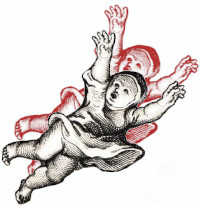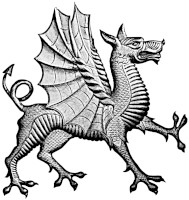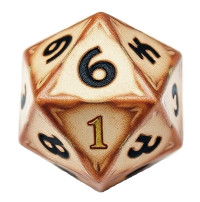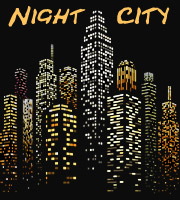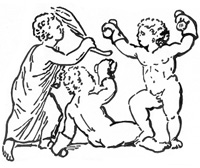Narrative of the Life of Frederick Douglas, an American Slave
Written by Himself
Barnes & Noble, NY, 1845, 2003, 2005, 126 pages
A Review by James LaFond from July 2012, previously titled Old School Harm City: 1838
When I look at the cover of this book, at the famous photo portrait of the author, I see a man that every modern American that I know would look at and say, “that is a black man” or “that is an African American.” Frederick was of a far different opinion. He had been first and foremost born ‘a slave’ or ‘bondsman.’ This latter term he applied to himself, yet in our post revisionist day it is regarded as applying only to white indentured servants, erroneous thought to be non-slaves. He also referred to himself as a ‘colored person’ and used the term ‘mulatto’ to distinguish himself and the large proportion of slaves who were the sons of ‘colored’ slave women and white masters. As Frederick clearly stated in this seminal work he was half white and half ‘of African descent.’
I wonder what he would think of the majority of Americans, who, to this day, recognize no mixed-race group. Nearly every single person I know: black, mixed-race, or white, vehemently insist that ‘one drop of African blood’ makes that person ‘black,’ though they may be dark brown at best; with as much European as African ancestry. This is a legacy of the soul-crushing institution of American Christian Slavery that Frederick commented about so directly and clearly in his searing narrative. [In an afterword he apologized about the anti-Christian tone of his narrative.]
Making any mixed-race person a member of a feared minority serves the minority by swelling its numbers just as it serves the majority by keeping its status clear and exclusive. Frederick [I’m not calling him Douglas for a salient reason.] stated that mixed-race people, by their very existence, were a threat to the slave society. He would surely be horrified that Americans of every ancestry and political persuasion are vehemently keeping alive the central tenet of the unfathomably evil institution of American Christian Slavery. The perpetrators of this crime against humanity crafted a better tool than even they imagined. The racial hatred engendered by this method of mind control that so troubled the young Frederick and its ill-effects shall remain with us so long as this ‘black & white’ mindset does.
One of the most interesting parts of Frederick’s narrative was his experience working in my hometown of Baltimore Maryland, which he sarcastically labeled ‘the Christian city of Baltimore,’ after a lawyer informed his master that four white men could not be prosecuted for attacking him on the job while fifty other coworkers looked on. I had an almost identical experience when I was the same age as Frederick. It seems that little changes in Harm City from century-to-century.
The importance of this work to me was the dispelling of some myths about slavery: that it was not an aggressively violent institution; that the slaves were treated as ‘family’; and that the worse abuses were in the Deep South. Frederick lived his entire existence as a slave in Maryland, where he witnessed and suffered cruelties every bit as bad as those perpetrated by the Stalinists and Nazis during World War Two.
Personally this narrative is not supposed to affect me. The blacks who have seen me reading it on the bus have either laughed at me, glared at me, or shook their head. The whites all shake their heads. You see, in our modern society it is believed that only a black man can understand a black man, write a black character, or coach a black athlete. Frederick was of a far different opinion.
When he came to a portion of his narrative which he knew would be hard for free people to understand he stated first, what most people state, that one could not understand such a thing unless they had lived it. That is where most people, as most people lack Frederick’s intellect, leave such a thing, at an impasse. But Frederick went beyond to say ‘or one could imagine such a thing’ and then provided ample and stunning analogies to assist in the reader’s imagining.
Frederick struggled against a vast faceless institution, in which his attempts to escape from rural Eastern Shore, Maryland were frustrated by fellow black slaves turning on him, and he only found freedom when the poor white sons of white slaves helped him to freedom after his master and father sent him to Baltimore to serve a young couple of the family. Reading An American Slave and seeking between the lines of the text for the subtext, will be a fruitful exercise for anyone interested in the plight of white slaves in one of the most notorious states in which they were held, Maryland, the place where my Irish slave ancestor was shipped almost 400 years ago.
So, although whites will deny the sincerity and/or propriety of my feelings about the author, and blacks will deny my right to hold these feelings; I must say this: as a writer, as a fighter, and as a man, Frederick Augustus Washington Bailey, born a slave in Tuckahoe Maryland in February 1818, who had to change his name to survive the slave hunters that hunted the landscape of an evil ‘Christian’ nation, is one of my heroes, possibly the biggest one. When it comes to a question of character, only Slavomir Rawicz, another man who fought against a vast ghastly slave-society, contends for first place in my heart.


